Learn about anthracnose on cashew trees - causes, signs of recognition and effective prevention to protect cashew gardens from damage and ensure high productivity.
Anthracnose on cashew trees is one of the major threats to cashew cultivation, especially in tropical and humid regions. This article from Sataka will help you gain a deeper understanding of anthracnose in cashew trees, covering its causes, symptoms, as well as preventive and treatment methods.
Anthracnose on cashew trees is a common disease caused by a group of fungi scientifically known as Colletotrichum spp.. These fungi can spread rapidly under humid and high-temperature conditions. The disease commonly affects various parts of the tree, including leaves, stems, flowers, and fruits, significantly reducing the vitality and yield of cashew trees.
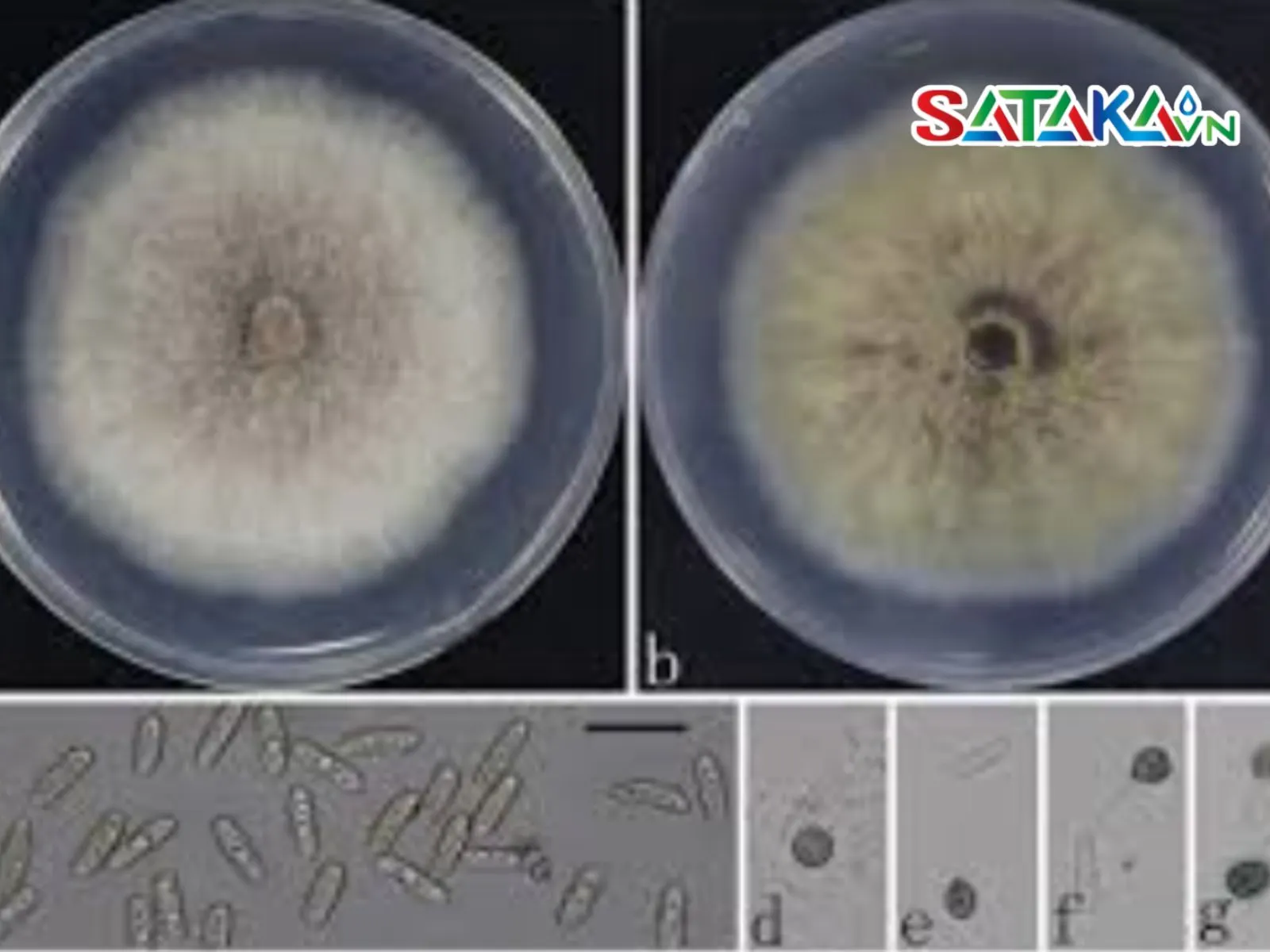
Mushrooms Colletotrichum spp.
To effectively prevent and treat the disease, it is essential to understand its causes. Anthracnose thrives in humid weather, especially following heavy rains or during prolonged rainy seasons.
High humidity areas with poor drainage provide ideal conditions for Colletotrichum spp. to grow and spread.
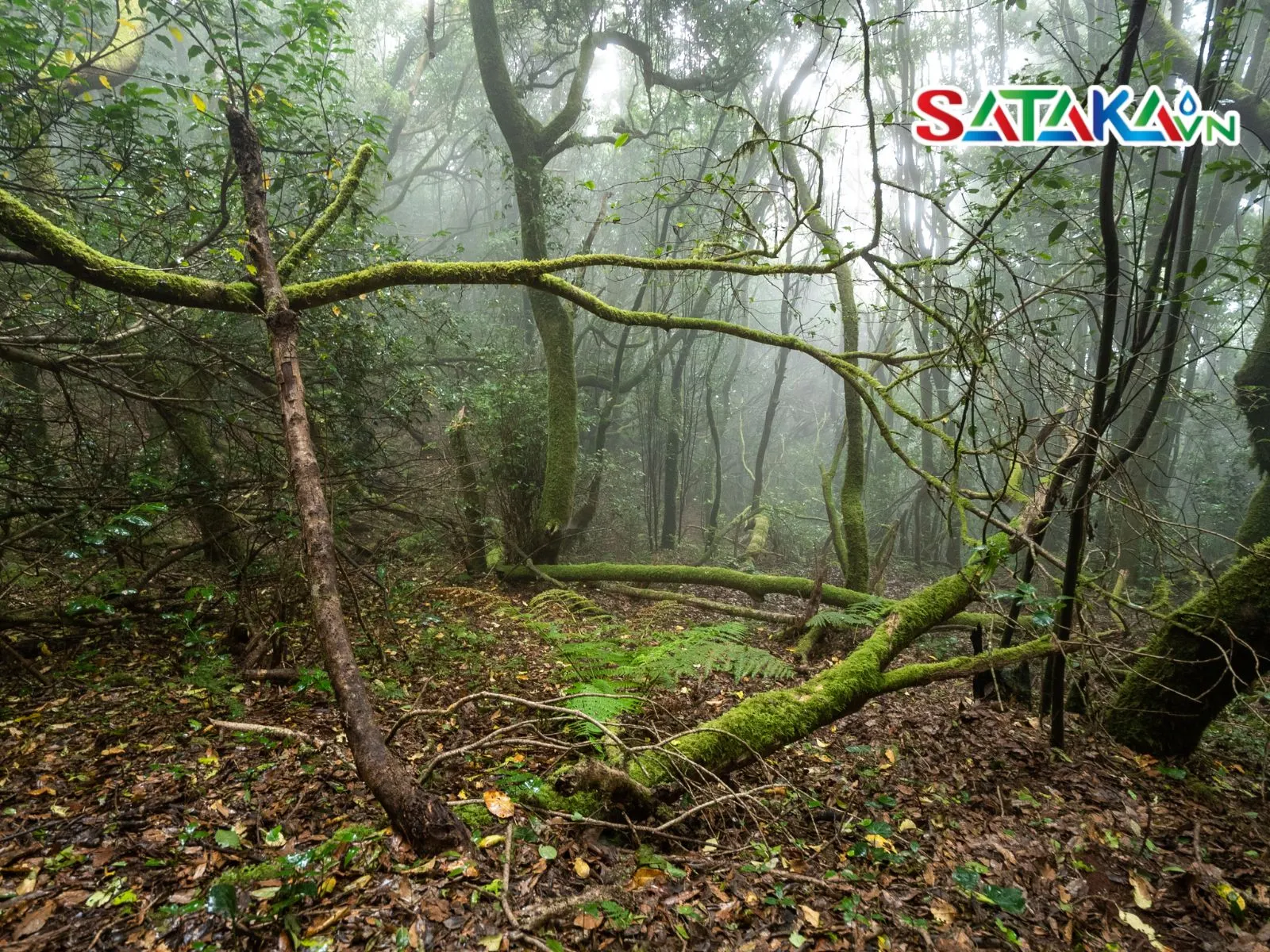
Humid weather conditions
In addition to weather conditions, poor care practices by farmers can exacerbate the spread of anthracnose. Failure to maintain a clean orchard, remove infected plant debris, or manage soil moisture effectively increases the risk of disease spread.
Improper use of fertilizers and pesticides can also make cashew trees more vulnerable to the disease.
Early identification of anthracnose symptoms is crucial for timely treatment. Symptoms can appear on various parts of the tree, such as:
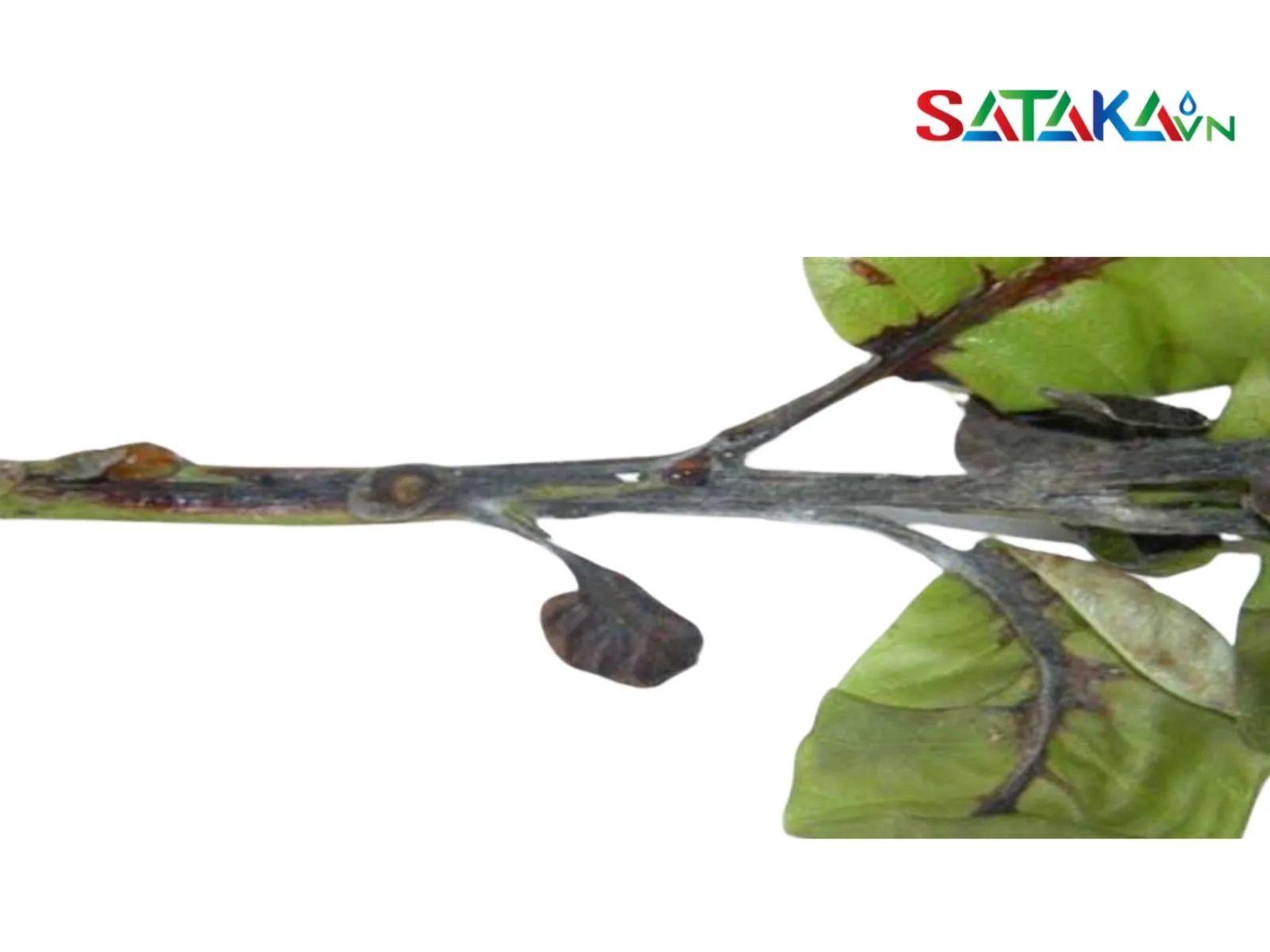
Dark spots on cashew trees
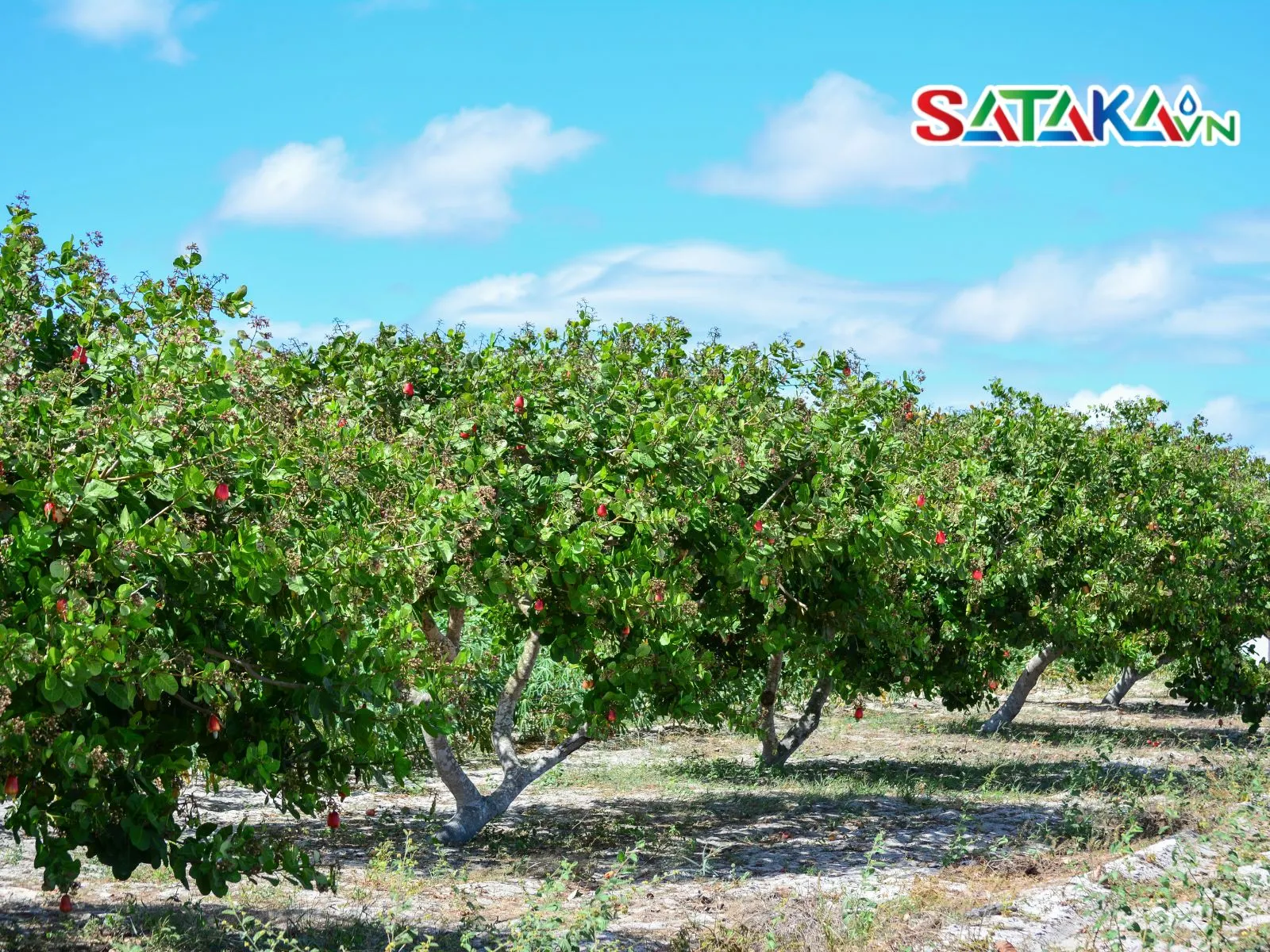
Choose cashew tree varieties that are disease resistant
When anthracnose is detected, two main treatment methods can be applied: biological control and chemical control.
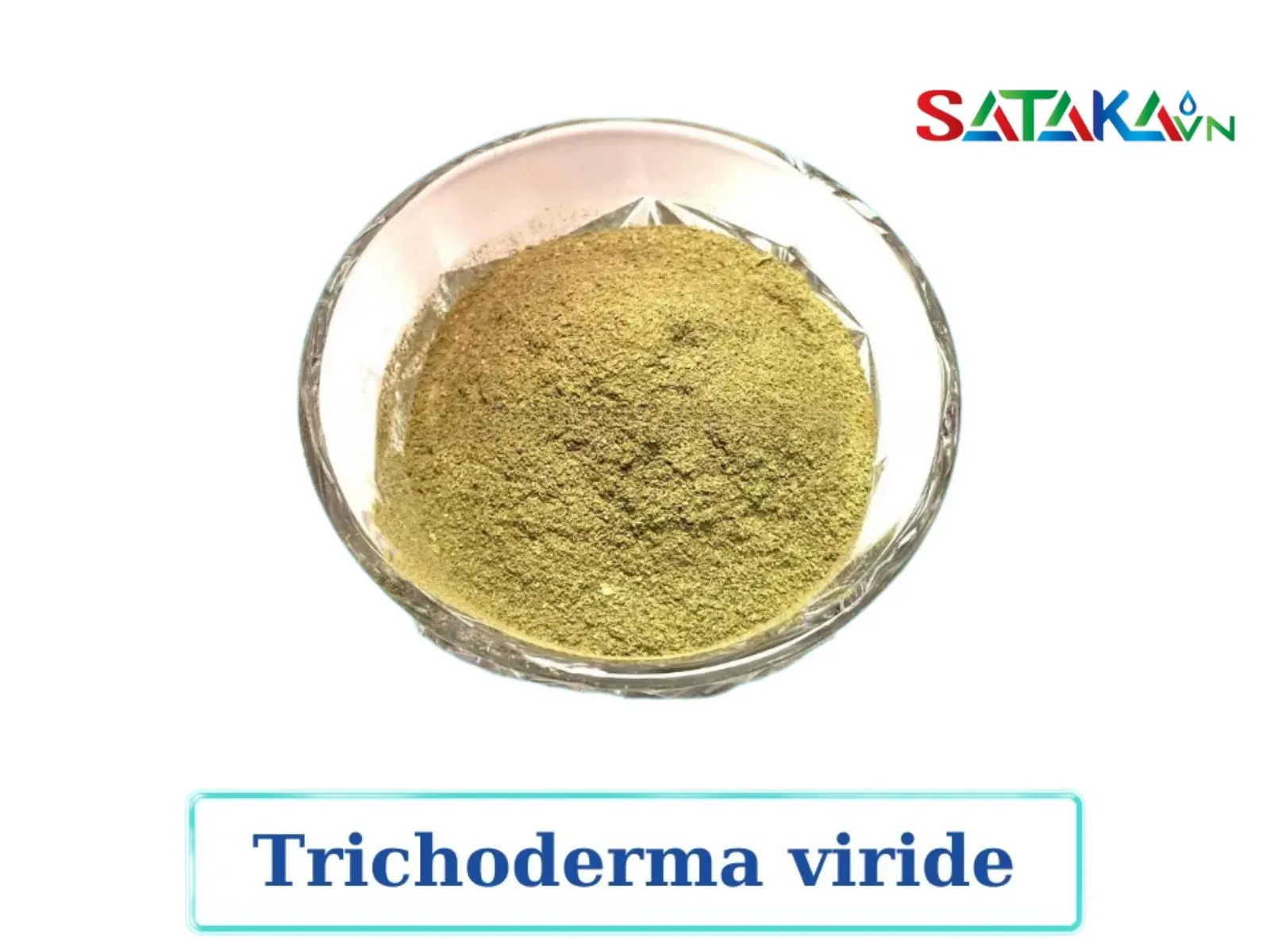
Preparations from Trichoderma
Beyond treatment, effective orchard management is essential for controlling anthracnose.
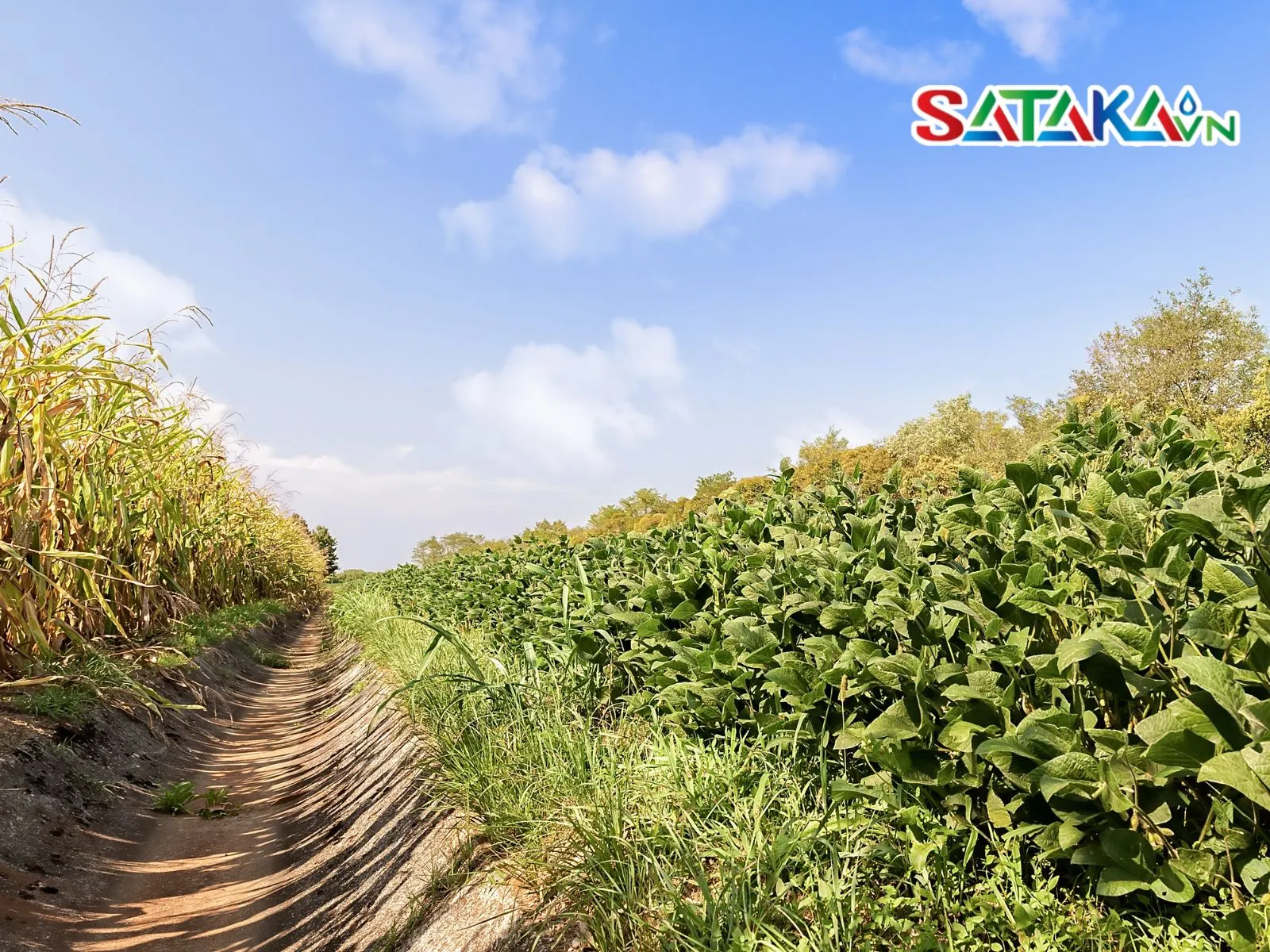
Crop rotation
Anthracnose not only affects the health of cashew trees but also causes significant economic losses for farmers. Infected trees produce lower yields, and the quality of cashew nuts decreases, reducing their commercial value.
Treating anthracnose requires significant expenses, including fungicides and labor costs. However, by implementing effective preventive and management measures, farmers can minimize losses and protect their orchards. This helps maintain crop health and ensures stable income for growers.

Infected trees cause reduced productivity
With the knowledge provided by Sataka, we hope farmers better understand anthracnose on cashew trees and know how to address it when encountered. Proper orchard management and care will reduce the risk of disease while increasing yield and product quality.